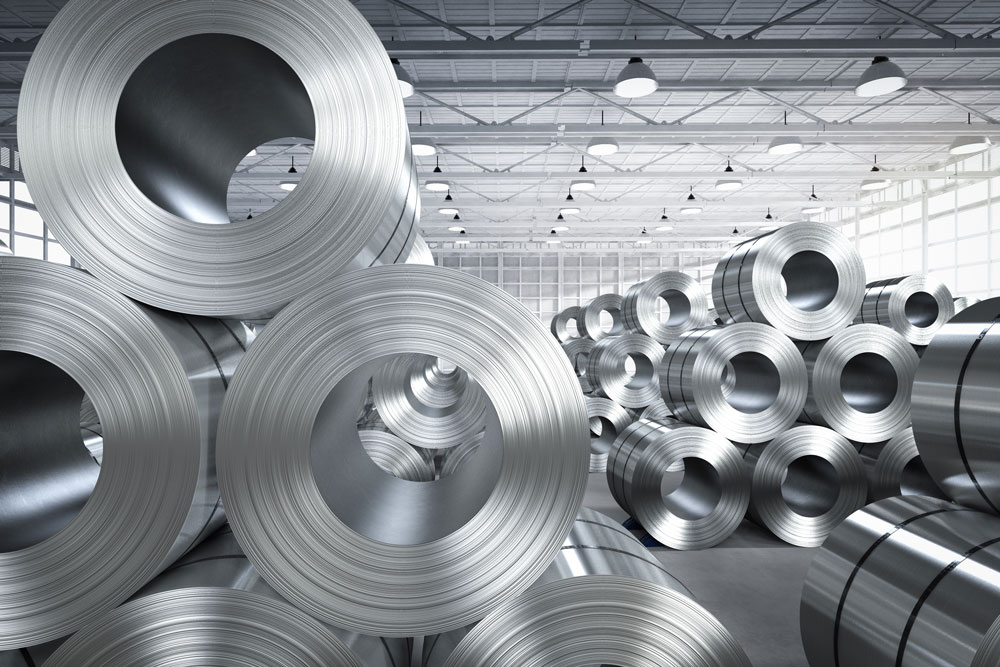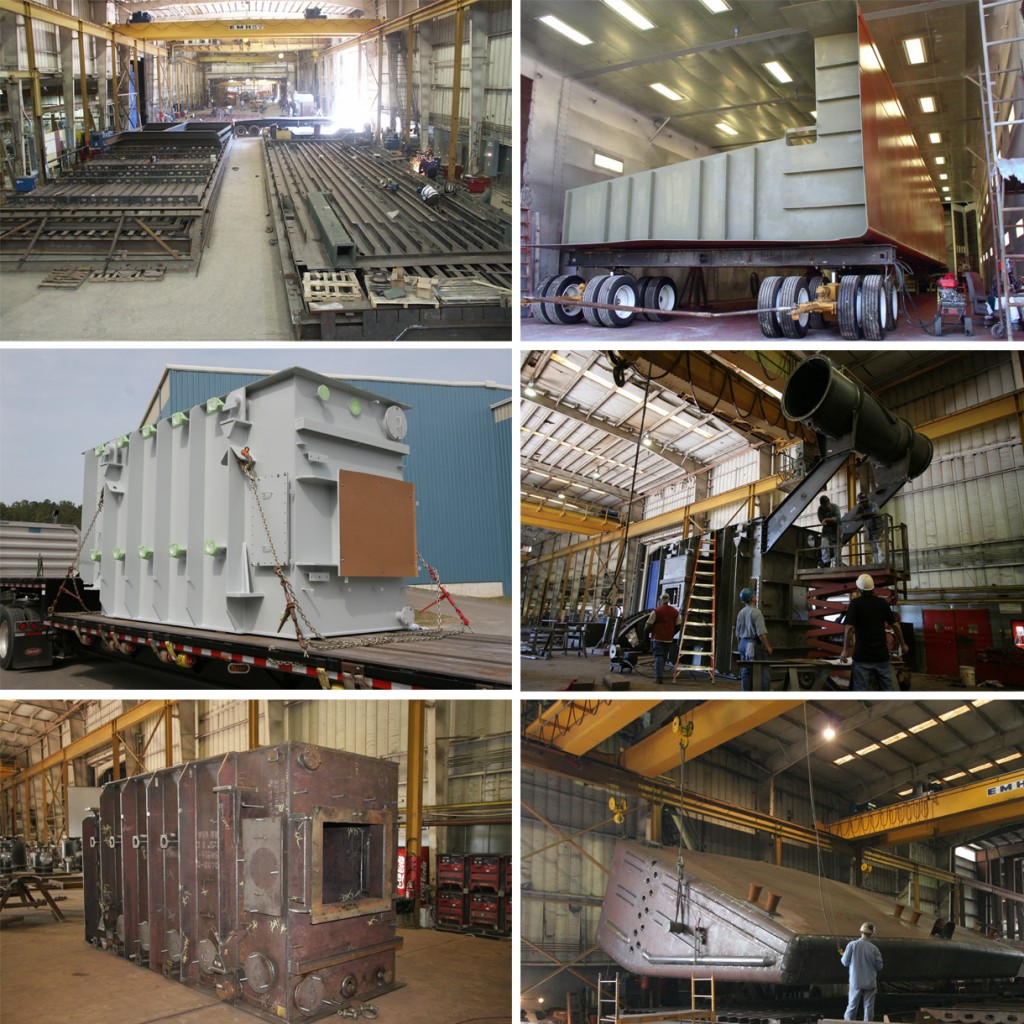Ingenious Trends in Steel Construction: Enhancing Longevity and Accuracy
In the world of steel fabrication, the search of sturdiness and precision has resulted in a wave of cutting-edge fads that are improving the sector. From advancements in welding technologies to the combination of robotic automation in manufacture processes, the landscape of steel manufacturing is advancing quickly. High-strength alloy development, combined with the utilization of 3D modeling and simulation software program, is pushing the borders of what is attainable in terms of architectural integrity and accuracy. In addition, the growing emphasis on lasting practices in steel production is not just driving efficiency however additionally fostering an extra environmentally aware approach to fabrication. These patterns are not simply forming today yet also laying the groundwork for the future of steel manufacture, assuring further improvements in durability and accuracy.
Advanced Welding Technologies
In the realm of steel fabrication, the adoption of cutting-edge welding technologies has significantly revolutionized the industry's approach to accomplishing superior quality and precision in architectural welds. Advanced welding innovations, such as laser beam of light welding and friction mix welding, have actually arised as game-changers in the field. By leveraging these advanced welding methods, steel fabricators can raise the sturdiness, strength, and precision of their structural welds, meeting the significantly requiring demands of modern-day construction projects.
Robot Automation in Fabrication
Embracing robotic automation has come to be a foundation of modern-day steel manufacture methods, enhancing and simplifying procedures effectiveness across the market. Robots are changing the way steel elements are manufactured, providing unparalleled accuracy and rate while decreasing human mistake. These automated systems can deal with recurring tasks with consistent accuracy, resulting in better final product.
One secret advantage of robotic automation in steel fabrication is the capability to work all the time without exhaustion, substantially raising production output. This continuous operation reduces downtime and accelerates project timelines, ultimately conserving prices for producers. In addition, robots can be configured to carry out intricate jobs that may be harmful or challenging for human employees, improving safety and security in the workplace.
In addition, robotic automation allows seamless assimilation with other electronic innovations, such as computer-aided design (CAD) software and Internet of Points (IoT) systems (steel fixing). This interconnected technique improves communication in between various stages of fabrication, maximizing workflows and ensuring real-time tracking and control. As the steel fabrication market remains to develop, robot automation attracts attention as a transformative force driving effectiveness and precision in making procedures

High-Strength Alloy Development
The improvement of high-strength alloy growth in steel construction is reshaping the industry's strategy to enhancing material durability and efficiency. High-strength alloys are engineered to show premium mechanical residential properties, such as boosted tensile strength, durability, and corrosion resistance compared to traditional steel qualities. By including these advanced alloys into construction processes, makers can create components that endure greater tension levels and severe settings, causing more resilient and trusted final result.
One key benefit of high-strength alloy growth is the capability to decrease product Full Report density without compromising a fantastic read architectural stability. This not just causes lighter-weight elements but additionally adds to set you back financial savings and improved performance in fabrication and setting up processes. The enhanced strength-to-weight proportion of these alloys allows for the layout and construction of frameworks with greater load-bearing capabilities while decreasing overall weight.
3D Modeling and Simulation Software Program
Improvements in steel fabrication procedures have actually been significantly moved by the combination of innovative 3D modeling and simulation software devices. These devices allow fabricators to create detailed digital designs of their tasks, allowing them to visualize the final item with precision prior to any type of physical job begins. By mimicing different stress and anxiety variables, environmental problems, and architectural loads, fabricators can maximize styles for improved resilience and performance. In addition, 3D modeling and simulation software program improve the manufacturing process by recognizing potential issues beforehand, reducing the need for costly rework and lessening material waste.

Sustainable Practices in Steel Manufacturing
Including lasting methods into explanation steel manufacturing processes is essential for reducing ecological effect and making certain long-lasting source accessibility. One crucial sustainable method is the adoption of energy-efficient modern technologies to reduce greenhouse gas exhausts during the steel production process. This includes using renewable power resources, such as solar or wind power, to power steel plants and executing energy-efficient equipment to maximize power use.
Another crucial facet of lasting steel production is the liable sourcing of raw products. This involves guaranteeing that the iron ore and various other resources made use of in steelmaking are acquired from ecologically pleasant and honest resources. By promoting transparency in the supply chain and adhering to strict environmental requirements, steel suppliers can reduce the adverse impacts of resource extraction on regional environments and neighborhoods.

Conclusion
To conclude, the cutting-edge fads in steel fabrication such as sophisticated welding innovations, robotic automation, high-strength alloy advancement, 3D modeling and simulation software, and sustainable practices are enhancing the sturdiness and accuracy of steel items. These innovations are transforming the steel construction industry by enhancing sustainability, effectiveness, and quality. It is clear that the future of steel fabrication hinges on welcoming these cutting-edge modern technologies to meet the needs of contemporary building and construction and production markets.
In the world of steel manufacture, the search of durability and accuracy has actually led to a wave of ingenious fads that are improving the sector.In the realm of steel manufacture, the adoption of advanced welding modern technologies has actually substantially changed the market's technique to achieving superior high quality and accuracy in architectural welds. As the steel fabrication sector proceeds to develop, robot automation stands out as a transformative force driving efficiency and precision in producing processes.
Furthermore, recycling and recycling steel scrap and waste materials play a significant function in improving the sustainability of steel manufacturing. steel fabrication melbourne.In conclusion, the cutting-edge patterns in steel manufacture such as innovative welding modern technologies, robotic automation, high-strength alloy advancement, 3D modeling and simulation software, and lasting practices are improving the resilience and accuracy of steel products